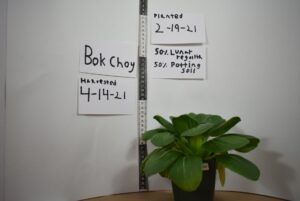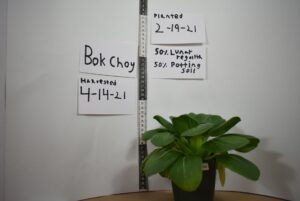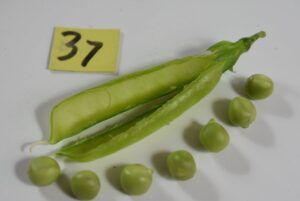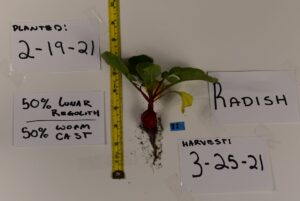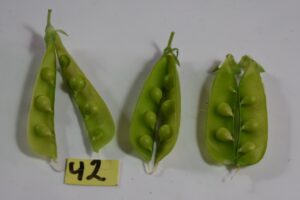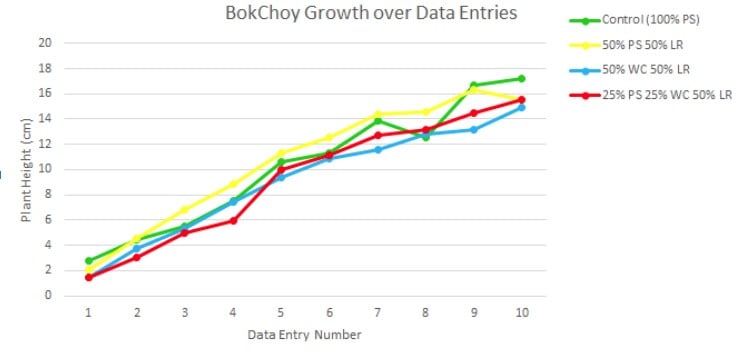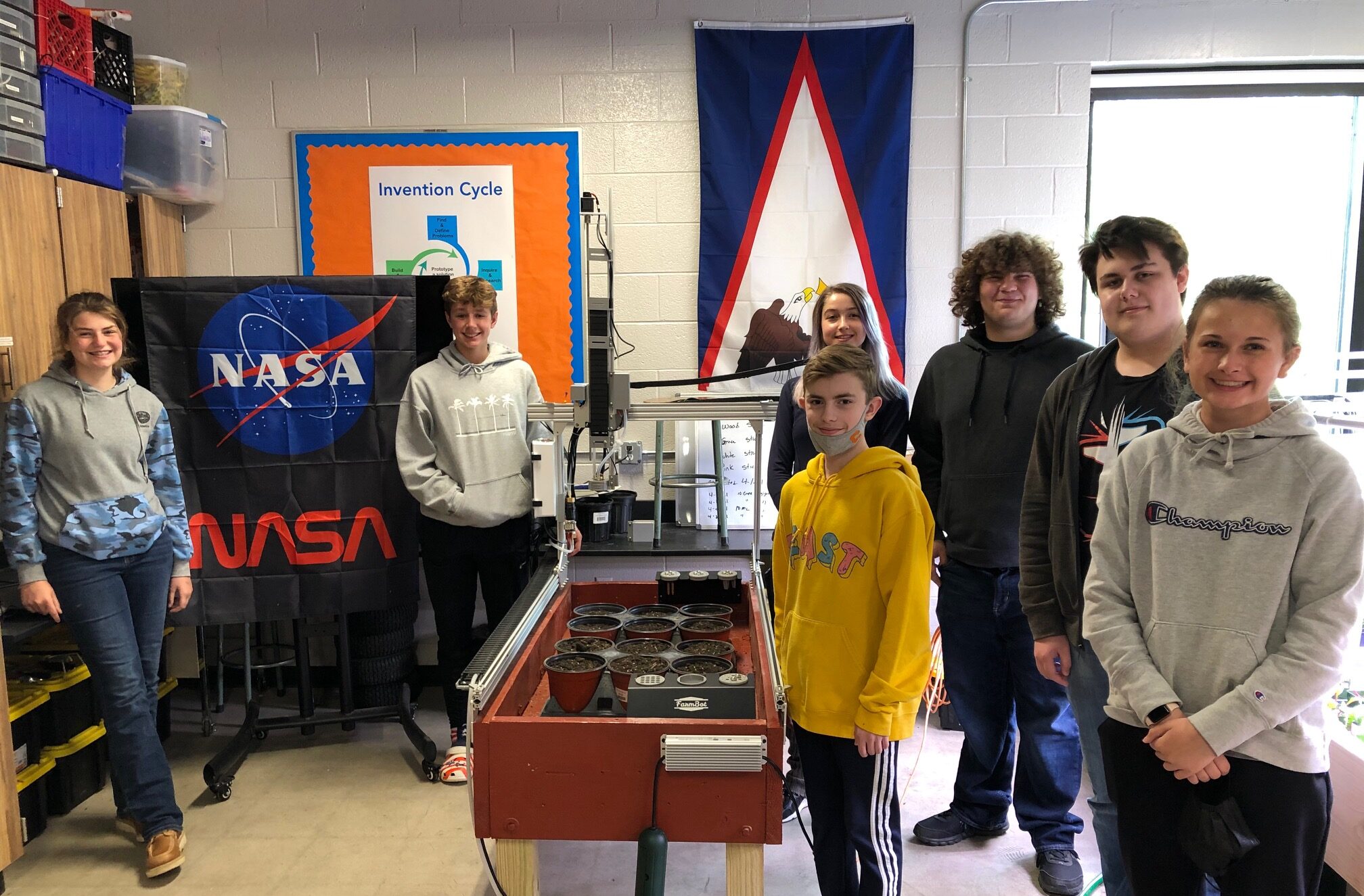
Stockbridge students awarded for ‘Plant the Moon’ research
by Brianna Polenz, Hythem Beydoun and Robert Richards
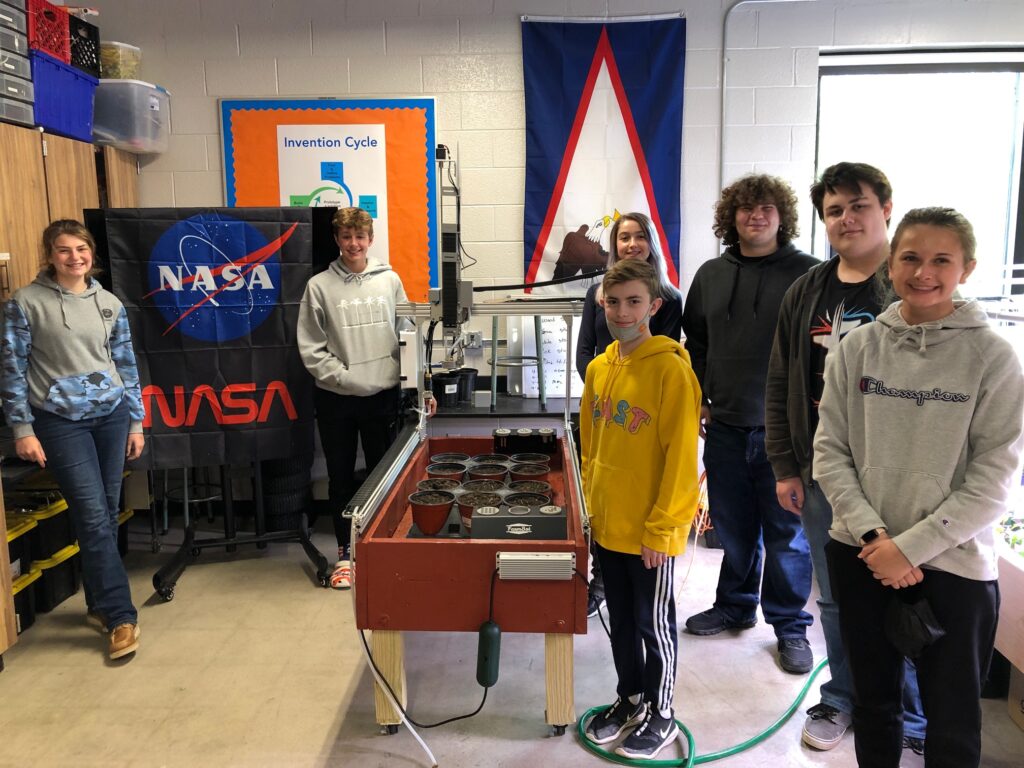
Some Stockbridge students look up in the night sky and see not only a shining moon, but possible growing fields to aid in the exploration of space.
A team of seventh through 11th grade students at Stockbridge Jr/Sr High School participated in a global “Plant the Moon” challenge last semester, testing their scientific creativity by simulating the growth of crops in moon soil and winning an award in the process.
The team consisting of 11th grader Hythem Beydoun, 10th grade students Bianna Polenz and Jack Hammerberg, along with 8th grade students Alayna Adkins, Elianna Johnson, Brock Rochow and Logan Hollenbeck was challenged to grow crops in simulated lunar regolith, aka moon soil. The “Plant the Moon” challenge was hosted by The Institute of Competition Sciences in partnership with the University of Central Florida’s CLASS Exolith Laboratory.
Each team in the challenge designed and conducted a 10-week experiment, then submitted a report to an advisory board that included NASA researchers and other experts in the field of astrobotany. NASA is looking for innovative ways to feed fresh, healthy food to astronauts on the upcoming Artemis missions to the moon, with the ultimate goal of establishing sustainable colonies on the moon and Mars.
“I’ve never been incredibly interested in agriculture or growing plants in general, but this challenge was actually very interesting to me. We hadn’t done anything like it before,” says Hythem Beydoun, the senior-most member of the team. “We’re actively assisting in research that may be used to establish colonies on the moon or Mars, or even allow us to travel further into space.”
The challenge concluded with a virtual global summit, where students learned more about the NASA Artemis mission. The summit concluded with a series of “Best in Show” awards. Out of the four awards available, Stockbridge won one for the “Best Plant Growth” category in the High School Division.
The students created three mixtures that contained different ratios of lunar regolith to potting soil, as well as a control soil. The students grew six different food crops in each soil mixture. The students chose arugula, beets, bok choy, mustard, peas and radishes for this experiment because of their ability to reach maturity and be harvested during the 10-week growing period. Over the 10 weeks, they kept track of the growth by documenting measurements, watering, and environmental factors around the plants. At the end of the experiment, the students harvested the plants and recycled them into their respective soils to add nutrients to continue the experiment on their own.
“The lessons learned growing food crops in simulated lunar soil can help us to grow here on Earth because we face some of the same issues, such as low nutrient soil and less land available for crop production to feed a growing population,” according to Brianna Polenz, a 10th grader on the team.
Brianna also added, “Due to the success of the project, Mr. Richards plans to run this project again next school year in the new 7th and 8th grade Agriscience and Technology class.”

